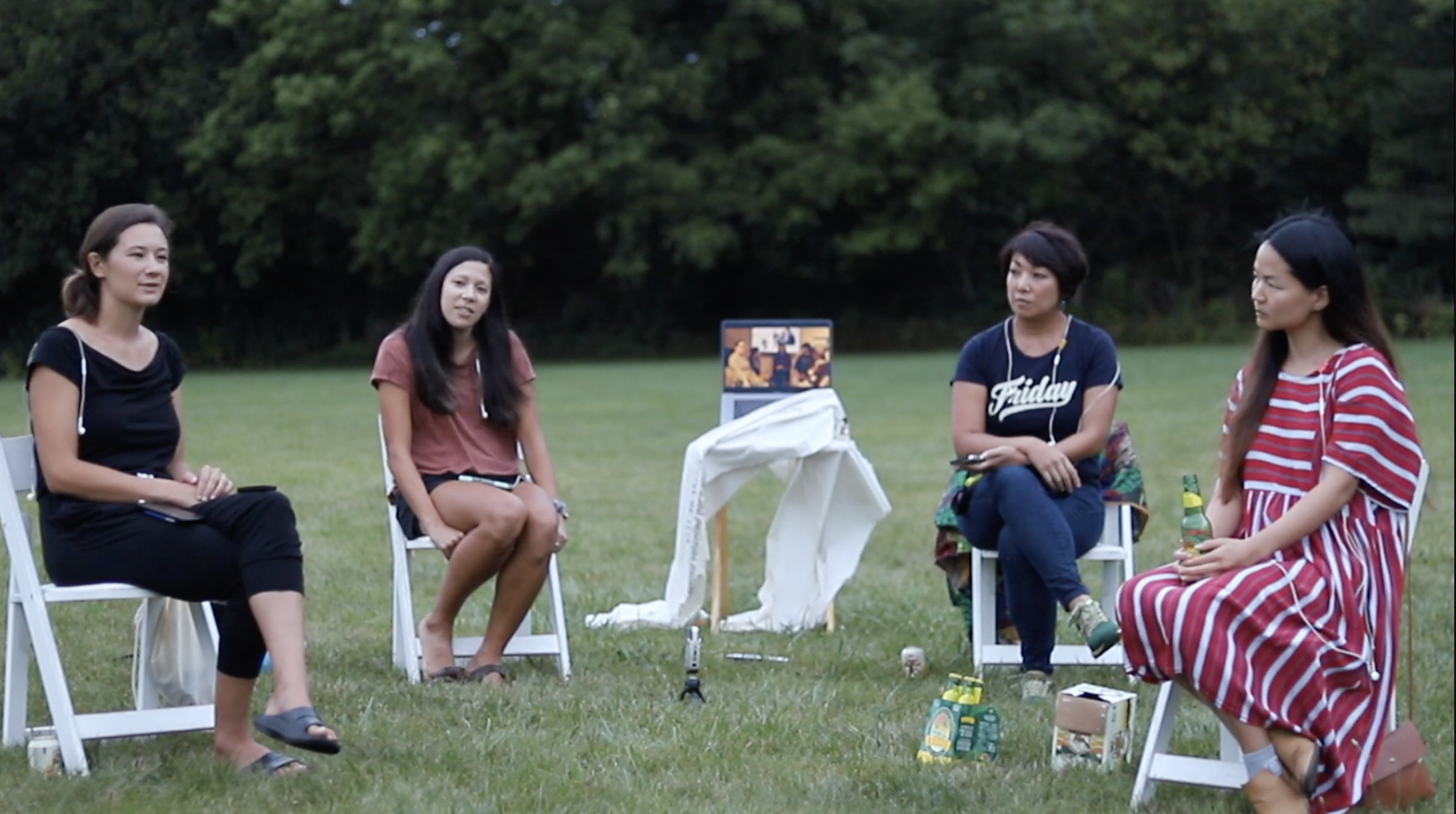
Cascade Voices
Participitory Practice
Participitory Practice
I use short films as tools to encourage strangers to have meaningful conversations and to ignite and share unexplored memories about cross-cultural experiences.
My art practice uses grass-roots techniques like workshops and conversations to create my own space beyond a homogeneous society. During interviews, field research and group discussions, I found that marginalized people are often compelled to assimilate to white norms, to fit into white spaces, and to perform identity roles. To subvert these structures of power, I created Cascade Voices, which invites young diasporic individuals to share unspoken stories and to discover shared narratives or co-empowerment.
A total of 18 people—Asian, LatinX and Middle Eastern—appear in Cascade Voices. Four or five people sit in a circle and have a conversation while I video-document their interactions. Very little instruction is given until the end of the discussion when each participant asks a question directly into the camera. The next group starts their conversation by responding to the questions posed by the previous group. For example, Group 1 discussed having two identities and feelings of “always not being enough”, and Group 3 talked about difficulties communicating with their first-generation parent, especially around the topic of race. Participants asked future groups, “Have you been racist to someone of your own race?” and “What can you do for the future generation to break the cycle of silence.” By using questions as bridges, Cascade Voices creates an unending dialogue.
My art practice uses grass-roots techniques like workshops and conversations to create my own space beyond a homogeneous society. During interviews, field research and group discussions, I found that marginalized people are often compelled to assimilate to white norms, to fit into white spaces, and to perform identity roles. To subvert these structures of power, I created Cascade Voices, which invites young diasporic individuals to share unspoken stories and to discover shared narratives or co-empowerment.
A total of 18 people—Asian, LatinX and Middle Eastern—appear in Cascade Voices. Four or five people sit in a circle and have a conversation while I video-document their interactions. Very little instruction is given until the end of the discussion when each participant asks a question directly into the camera. The next group starts their conversation by responding to the questions posed by the previous group. For example, Group 1 discussed having two identities and feelings of “always not being enough”, and Group 3 talked about difficulties communicating with their first-generation parent, especially around the topic of race. Participants asked future groups, “Have you been racist to someone of your own race?” and “What can you do for the future generation to break the cycle of silence.” By using questions as bridges, Cascade Voices creates an unending dialogue.
Cascade Voices 3
08:41
Cascade Voices 4
09:25




